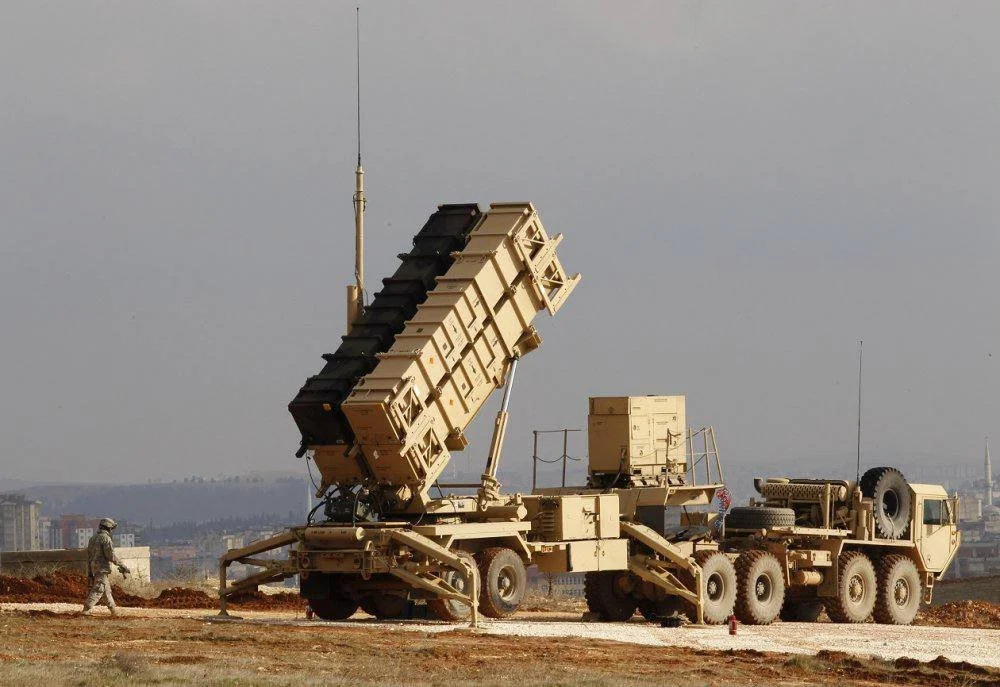Trump Weighs Iran Nuclear Talks as Military Countdown Ticks
Executive Summary
Amid a dramatic military buildup in the Middle East, President Donald Trump is seriously considering Iran’s proposal for indirect nuclear talks via Oman. However, the diplomatic overture is matched by a growing threat of military confrontation, as Trump warns that failure to reach a deal within two months will result in “bombing the likes of which [Iran has] never seen.” With the deployment of B-2 bombers to Diego Garcia, Iran unveiling a vast underground missile city, and regional powers refusing to assist U.S. military action, the region stands on the brink of a transformative shift—or a catastrophic conflict.
Analysis
Trump’s dual-track approach—engagement and intimidation—reflects a sense of urgency driven by the belief that Iran is close to becoming a nuclear-armed state. The U.S. received Iran’s response to a letter from Trump, agreeing only to indirect talks mediated by Oman. While the White House prefers direct negotiations, it has not rejected the proposed format.
This comes as the U.S. stages a formidable show of force, deploying six B-2 stealth bombers to Diego Garcia and bolstering naval and air power in the region. These bombers, equipped to deliver bunker-busting munitions, underscore that the Pentagon is preparing for a strike on Iran’s deeply buried nuclear infrastructure. However, Trump faces a critical obstacle: key Gulf allies—including Saudi Arabia, the UAE, Qatar, and Kuwait—have refused to allow U.S. forces to use their airspace or bases for strikes on Iran, fearing regional escalation.
Iran, for its part, has escalated its rhetoric and military posture. The Islamic Revolutionary Guard Corps (IRGC) published open threats against U.S. bases, particularly Diego Garcia, and unveiled a massive underground missile city stocked with long-range precision munitions. The Shahed-136B drone, capable of reaching Diego Garcia, along with naval-launched cruise missiles, reflects Tehran’s determination to signal its ability to retaliate across great distances.
While Trump has stated a preference for a deal over war, his administration’s strategy of “maximum pressure” has been intensified with new sanctions, airstrikes on Houthi positions in Yemen, and overt military exercises with Israel. The situation is further complicated by conflicting intelligence reports. The ODNI claims Iran is not currently building a nuclear weapon, but others argue Tehran has advanced dual-use research that amounts to covert weaponization—especially following Israeli strikes on Iran’s Parchin facility last year.
Israel, meanwhile, is actively preparing for its own strike, having already degraded much of Iran’s air defense network. With Assad ousted in Syria, Iran’s regional logistics network is crippled, but Tehran is actively seeking to rebuild its influence via Hezbollah networks in Europe and support to the Houthis in Yemen. Russia has also entered the fray diplomatically, warning of “catastrophic” consequences if the U.S. attacks Iran and offering to mediate.
Analysts argue that the U.S. has a fleeting window to transform the Middle East by combining its military leverage with political and economic engagement. However, Trump’s current approach—heavy on military buildup and light on multilateral diplomacy—risks alienating potential partners and repeating past failures. A viable strategy would require easing sanctions in post-Assad Syria, supporting Lebanese military reforms, and coordinating a regional vision with Arab and European allies.
The next few weeks may determine whether Trump’s two-month ultimatum ends in historic diplomacy or unprecedented warfare.
Sources


